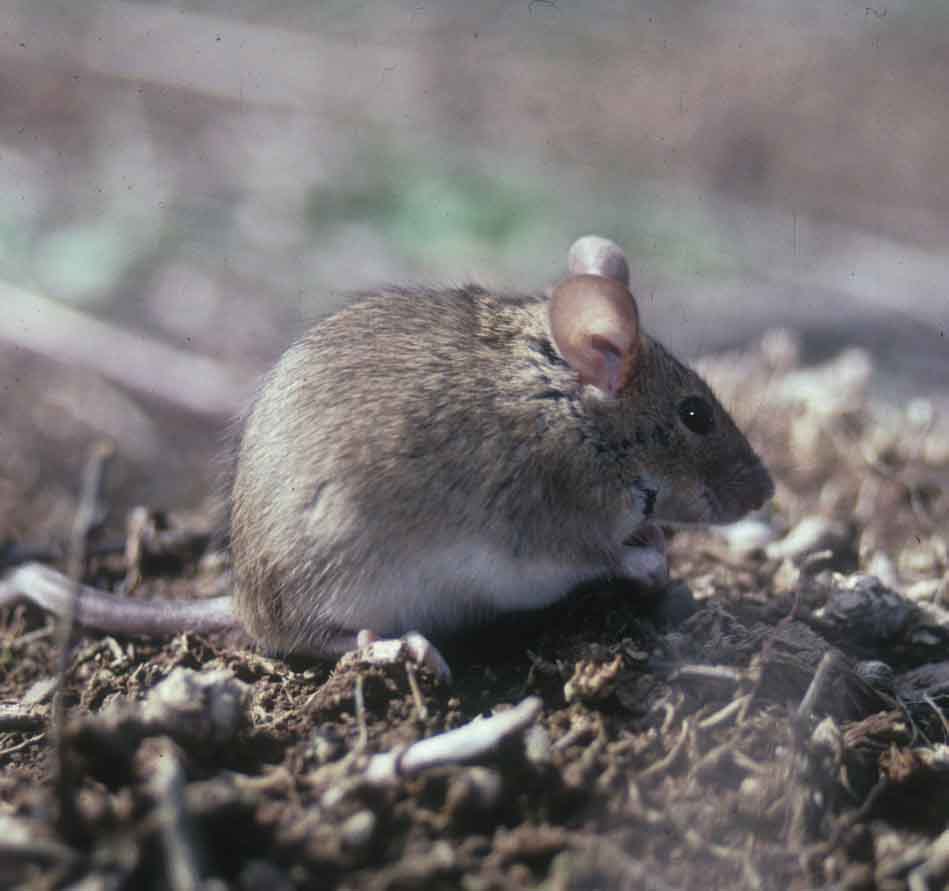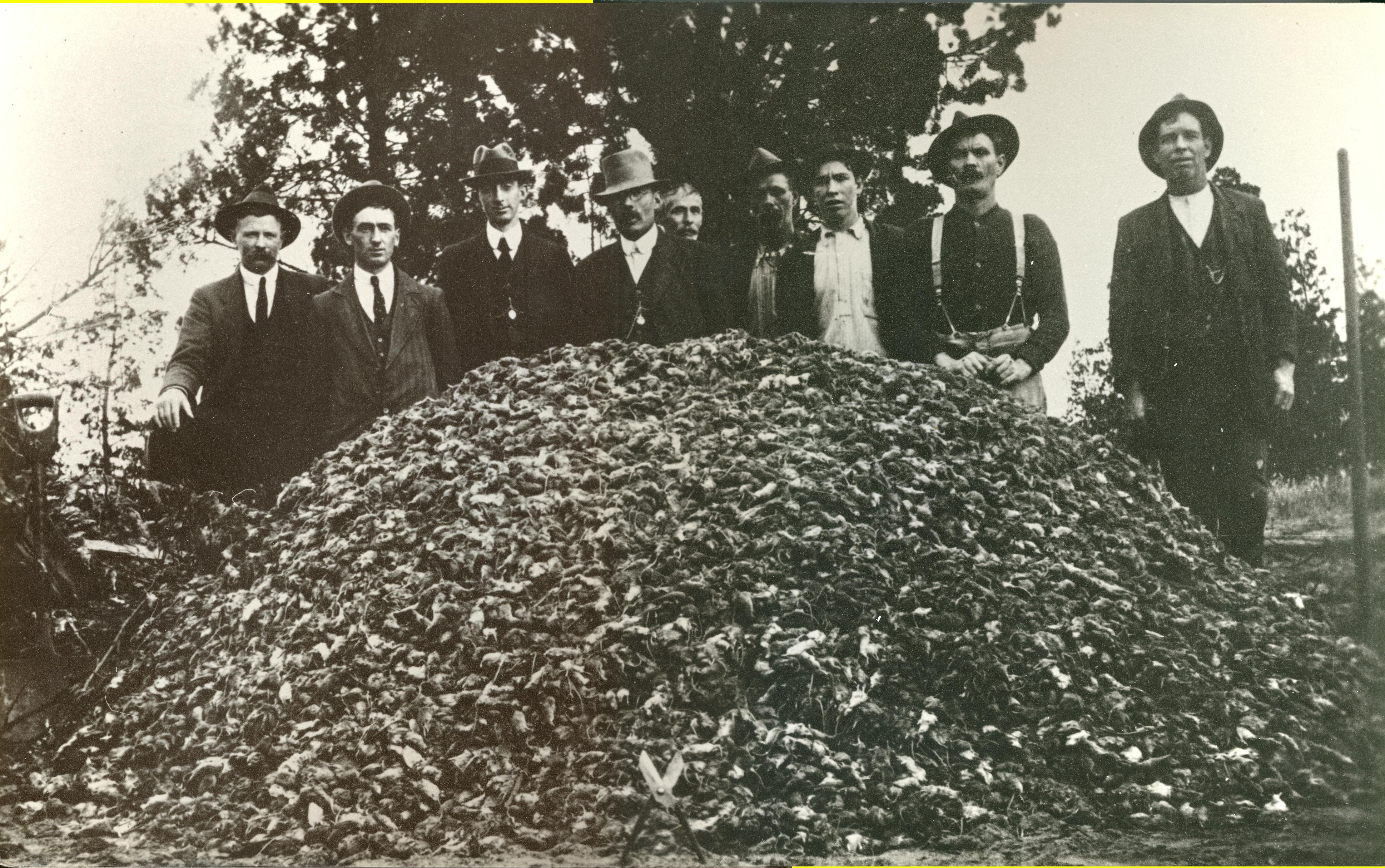Sure, he might look cute, but this fella and his friends can cause a whole lot of trouble when they get together.
By Leon Braun
“’Twas the night before Christmas, when all thro’ the house
Not a creature was stirring, not even a mouse …”
CSIRO scientists are keeping their eyes peeled for more than just Santa Claus this Christmas. With unusually high numbers of mouse sightings in Victoria this spring, CSIRO ecologist Peter Brown and colleagues at various Australian and New Zealand research agencies are monitoring mouse populations to see whether 2015 will bring a sigh of relief or send people scurrying for cover under a deluge of tiny, furry bodies.
While taken individually, mice can be rather cute (think Mickey, Mighty and Danger), en masse they can be absolutely devastating. In 1993, Australia’s worst ever mouse plague caused an estimated $96 million worth of damage, destroyed thousands of hectares of crops, blighted piggeries and ravaged poultry farms. The whiskered marauders chewed their way through rubber and electrical insulation, damaged farm vehicles, ruined cars and buildings. Another plague in 2010/11 was almost as bad, affecting 3 million ha of crops in NSW’s central west and the Riverina, as well as parts of Victoria and South Australia.
This photo is named ‘Mice Mound”. There’s not much more we can add to that.
Along with economic hardship and disease, plagues bring severe psychological distress for people living through them.
“The sheer stress of dealing with mice in your kitchen every night takes its toll,” Peter says. “They’re everywhere: chewing, defecating, breeding.”
The good news is that with sufficient warning it is possible to prepare for mouse plagues, and to minimise the damage they cause, through early baiting and removing food supplies and cover. Over the years, our scientists have become increasingly accurate at predicting mouse plagues (they got it right in 1994 and 2001-2003) and have developed an ever more sophisticated range of tools to assist them. The latest weapon in their arsenal is “MouseAlert“, a citizen science website where keen-eyed rodent reporters can notify CSIRO about mouse sightings. The website is optimised for mobile phones, and Peter and his team hope to have an app out soon.
A recent mouse monitoring map. Marvelous!
“Numbers are everything when you’re trying to predict a plague,” Peter says. “Traditionally we’ve used traps and chew cards [thin pieces of cardboard soaked in vegetable oil], but they have disadvantages, not least the fact that we’re not physically able to put them everywhere. MouseAlert allows us to capture data over a much wider area and potentially spot a plague well before it becomes a problem.”
Equally important as sightings, Peter says, are reports of where mice haven’t been.
“The jump from zero sightings to one or two can be an important indicator that mouse numbers are increasing,” he says. “By participating in citizen science, the public can help us identify these trigger points.”
So how are things looking this year? A little ominous, actually. Unusually high numbers of mice were seen in western Victoria in September. Depending on how much rain we get, they could build up to plague proportions by March or April next year. That’s why Peter wants mouse watchers to keep their eyes peeled:
“If it looks like there’s going to be a plague, we want to be able to give farmers plenty of time before sowing to prepare – or else put their minds at ease if it looks like there isn’t.”
So if you do see a mouse this Christmas Eve – stirring or not – get over to MouseAlert and report it. The pantry you’re saving could be your own!





17th December 2014 at 10:14 am
Great article, How do the mice know not to cross the broader between Victoria and SA?